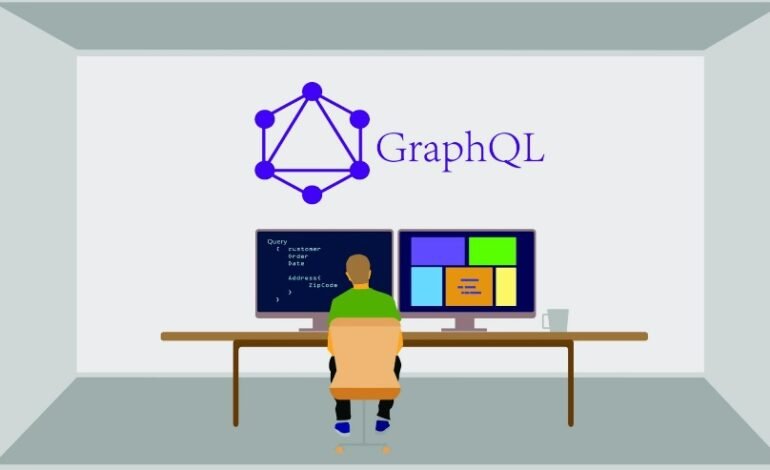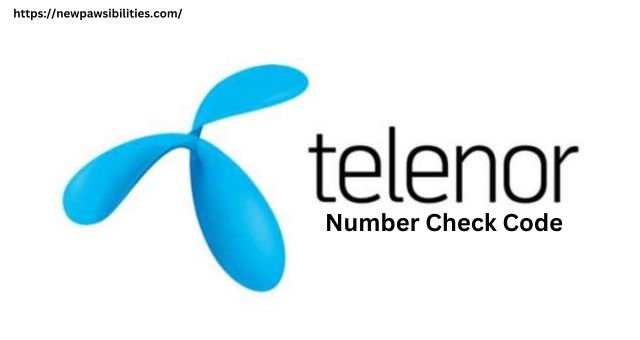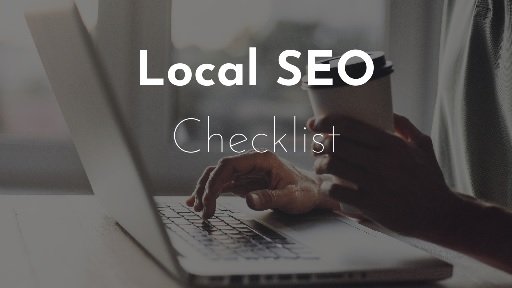Grant Management Automation: Revolutionizing Nonprofit Efficiency

In the rapidly evolving landscape of nonprofit organizations, grant management automation has emerged as a transformative solution, driving efficiency, accuracy, and transparency in the management of funds. Nonprofits today are under increasing pressure to demonstrate impact and accountability, making the adoption of advanced tools essential. Grant management automation is not just a trend but a necessity for organizations seeking to maximize their resources, streamline operations, and ensure compliance with complex regulations.
Understanding Grant Management Automation
Grant management automation refers to the use of software and digital tools to streamline the entire process of managing grants—from application to reporting. This technology enables organizations to handle large volumes of data efficiently, reduce manual errors, and save valuable time that can be redirected towards mission-critical activities. By automating routine tasks, nonprofits can focus on strategic initiatives, enhancing their ability to secure and manage funding effectively.
Key Features of Grant Management Automation Tools
- Centralized Data Management:
One of the primary advantages of grant management automation is the ability to centralize all grant-related data. This includes grant applications, donor information, financial records, and reporting documents. A centralized database ensures that all stakeholders have access to up-to-date information, fostering collaboration and transparency. - Automated Workflows:
Automated workflows eliminate the need for manual data entry and follow-up tasks. These systems can automatically route applications for approval, send reminders for deadlines, and generate reports. Automation reduces the risk of human error and ensures that all processes are completed on time, which is crucial for maintaining good relationships with funders. - Compliance Management:
Nonprofits must adhere to various regulatory requirements when managing grants. Grant management software often includes compliance management features that help organizations stay on top of these requirements. The system can track compliance deadlines, manage documentation, and ensure that all reporting requirements are met, reducing the risk of penalties or loss of funding. - Real-Time Reporting and Analytics:
With grant management automation, organizations can generate real-time reports and analytics. These insights are invaluable for decision-making, allowing nonprofits to assess the performance of their grant programs, identify trends, and make data-driven decisions to improve their funding strategies. - Integration with Financial Systems:
Effective grant management requires seamless integration with financial systems. Automation tools can be integrated with existing accounting software, enabling real-time tracking of grant expenditures and ensuring that budgets are adhered to. This integration helps in maintaining financial transparency and simplifies the audit process.
The Benefits of Automating Grant Management
- Enhanced Efficiency and Productivity:
By automating repetitive and time-consuming tasks, grant management software frees up staff to focus on more strategic activities. This increase in efficiency not only improves productivity but also enhances the overall impact of the organization by allowing more time to be dedicated to the mission. - Improved Accuracy and Reduced Errors:
Manual data entry is prone to errors, which can have significant consequences in grant management. Automation reduces the likelihood of mistakes by ensuring data is entered consistently and accurately across all processes. This accuracy is critical when reporting to funders and complying with regulations. - Greater Transparency and Accountability:
Transparency is a key concern for nonprofits, especially when it comes to managing funds from donors and grant-making bodies. Automated systems provide a clear audit trail of all transactions and decisions, making it easier to demonstrate accountability to stakeholders. This transparency builds trust and can lead to increased funding opportunities. - Cost Savings:
While there is an initial investment in grant management software, the long-term cost savings can be substantial. Automation reduces the need for extensive manual labor, cuts down on errors that could result in financial penalties, and improves the efficiency of operations, all of which contribute to significant cost reductions over time. - Enhanced Donor Relationships:
Donor management is a critical aspect of grant management. Automated systems enable nonprofits to maintain detailed records of donor interactions, preferences, and histories. This information can be used to tailor communication and engagement strategies, resulting in stronger relationships and potentially increased donations.
Choosing the Right Grant Management Automation Solution
Selecting the right grant management software is crucial for maximizing the benefits of automation. Organizations should consider the following factors when evaluating their options:
- Scalability:
The software should be scalable to grow with the organization. As nonprofits expand their operations and take on more grants, the system should be able to handle increased data and complexity without compromising performance. - User-Friendly Interface:
A user-friendly interface is essential for ensuring that all team members can use the software effectively. Training should be minimal, and the system should be intuitive, with clear instructions and support readily available. - Customization Options:
Every nonprofit has unique needs, so the ability to customize the software to fit specific processes and workflows is important. Look for a solution that allows for flexibility in configuring features and reporting tools. - Integration Capabilities:
The software should integrate seamlessly with existing systems, such as accounting software, CRM platforms, and project management tools. This ensures a smooth flow of information across the organization and reduces the need for duplicate data entry. - Security Features:
Given the sensitive nature of grant and donor information, robust security features are non-negotiable. Ensure that the software includes encryption, user access controls, and regular backups to protect against data breaches and loss.
The Future of Grant Management Automation
As technology continues to advance, the future of grant management automation looks promising. Emerging technologies like artificial intelligence (AI) and machine learning are expected to play a significant role in further enhancing the capabilities of grant management systems. AI can be used to analyze large datasets, predict funding trends, and even assist in writing grant applications by identifying key themes and priorities.
Moreover, cloud-based solutions are becoming increasingly popular, offering greater flexibility and access to real-time data from anywhere in the world. This is particularly beneficial for nonprofits with distributed teams or those that operate in multiple regions.
In addition, we anticipate a growing emphasis on mobile-friendly solutions, allowing grant managers to access and manage their systems on the go. This will further improve the efficiency and responsiveness of grant management processes.
Conclusion
Grant management automation is no longer a luxury; it is a necessity for nonprofits striving to operate efficiently and transparently in a competitive funding environment. By embracing automation, organizations can enhance their productivity, reduce errors, improve donor relationships, and ultimately increase their impact. As technology continues to evolve, those who adopt these advanced tools will be well-positioned to navigate the complexities of grant management solution and achieve long-term success.











